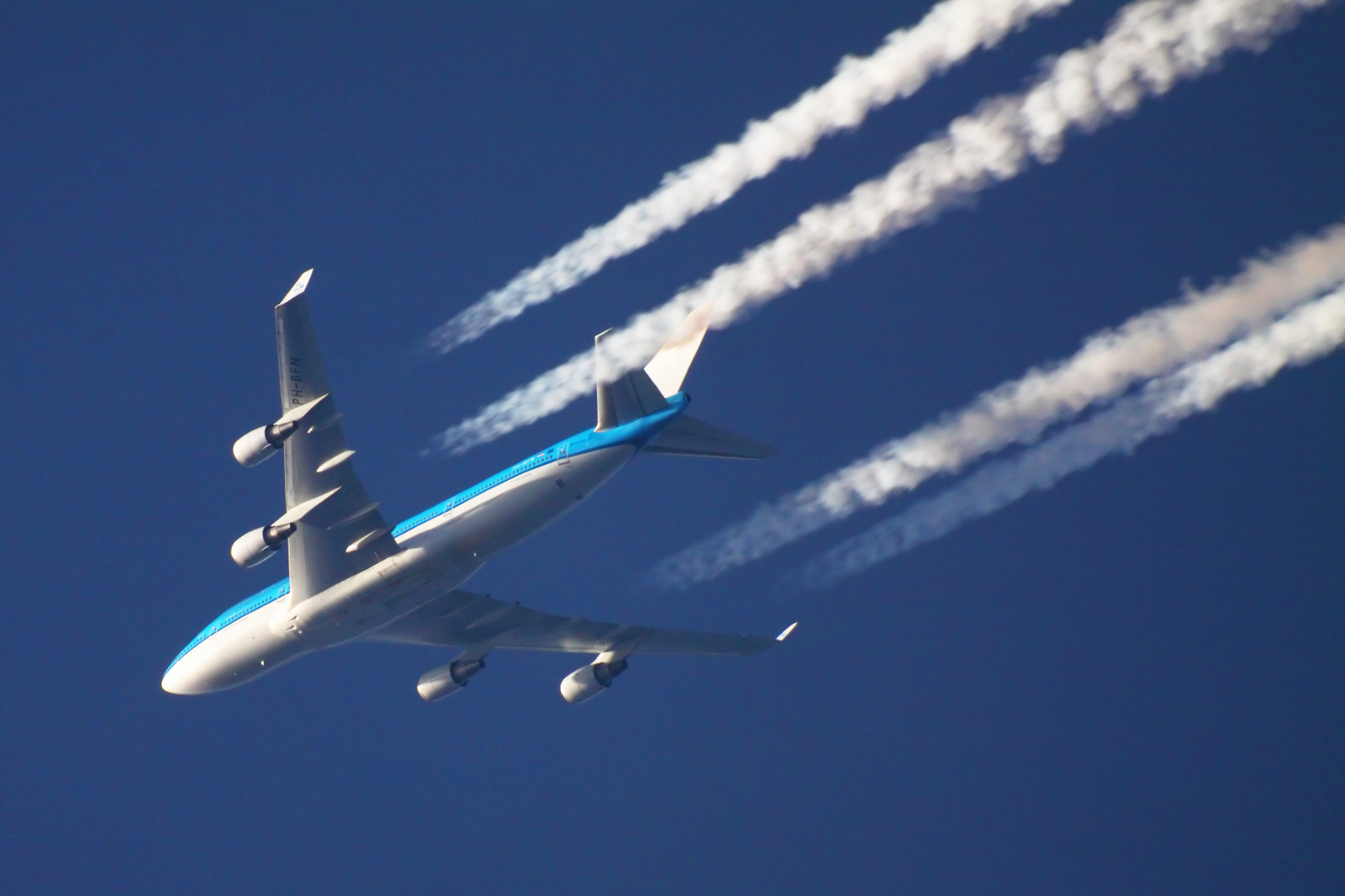
Parliament limits aviation ETS exemption while it awaits clarity on global CO2 scheme
Flights to and from Europe are set to lose an indefinite exemption from the EU emissions trading system (ETS) after MEPs voted to limit the arrangement until 2021. The European Parliament made its decision pending further information about the UN aviation body ICAO’s own global offsetting measure known as ‘CORSIA’.
Interested in this kind of news?
Receive them directly in your inbox. Delivered once a week.
Aviation was first brought into the ETS in 2012 but, following significant international and industry pressure, its scope was reduced to cover intra-EU flights only. Now the parliament has accepted, for the third time, a European Commission proposal to exempt flights to and from Europe, but voted to limit this exemption to 2021. This deadline is to allow time for certainty to emerge about CORSIA, which still lacks clear rules on offset quality and enforcement.
T&E welcomed the vote as essential to safeguarding European climate goals. Aviation manager Andrew Murphy said: ‘An indefinite exemption would have been a blank cheque to ICAO and a reckless move given how little we know about how the global measure will operate, and how reliant it might be on the questionable practice of offsetting. Europe now has leverage to make aviation contribute to our collective climate efforts proportionate to other sectors of the EU economy should the global measure fail.’
MEPs also backed reforms to the EU ETS for flights which are covered by the scheme. They joined member states in endorsing the Commission’s proposal to start reducing the cap on aviation emission allowances from 2021, which will bring aviation into line with other sectors in the ETS. The vote means that now all three institutions back a reducing cap, which T&E said is an important shift in the EU’s approach to aviation’s climate impact.
Andrew Murphy added: ‘The parliament’s ETS vote is a strong signal that aviation emissions need to decline, and ultimately go down to zero. This is very important since the question now shifts from ‘if’ to ‘how’ aviation decarbonises. The ETS is one part of the puzzle, but it cannot be the sole instrument. Just like for other sectors of the economy we’ll need other regulations to encourage efficient aircraft, cleaner fuels and measures to reverse the sector’s sky-high emissions growth.’
T&E also praised the parliament’s call on the Commission to address the climate effects of other aviation emissions beyond CO2. The Commission has already acknowledged that aircrafts’ non-CO2 emissions can have several times the impact of CO2.
The ETS reforms will now be discussed by the Commission, Council and Parliament in trilogue negotiations, with the aim to reach agreement before the end of this year.
While Europe waits for ICAO to finalise the terms of its global CO2 offsetting scheme, it is also seeking to give its own aviation agency a greater remit on environmental issues. EU governments are debating reforms to the European Aviation Safety Agency (EASA) which include giving it a strengthened l role on aircraft environmental regulation and, critically , the ability to have more stringent environmental regulations than those agreed at ICAO, as the agency is currently able to do for safety and security.
Right now EASA’s green regulations must equal the stringency of ICAO’s but cannot go beyond them – despite ICAO regulations being watered down to achieve consensus among 191 countries. So, in the case of the global aircraft efficiency standard, EASA is currently not allowed to be more ambitious on standards for European aircraft. The current EASA Regulation could also permit the reintroduction of supersonic aircraft, whose noise and climate impacts are many multiples that of subsonic, without any effective safeguards. EU governments and the European Parliament are currently debating reforms to EASA’s basic regulation.
